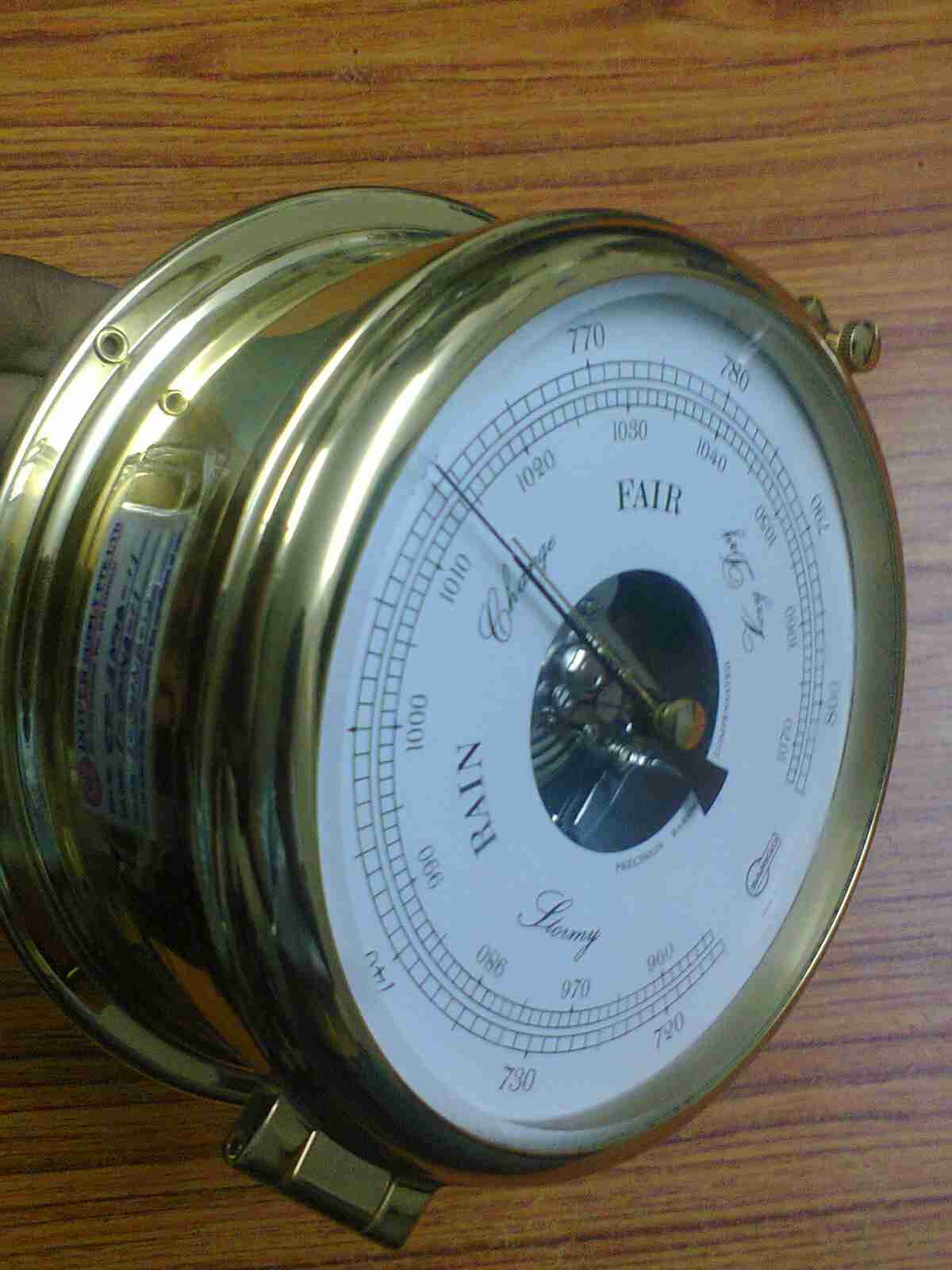

WELL DEPTH GAUGE FULL
However, in many cases a tyre with a tread depth of 1.6mm will take nearly twice as long to stop on a wet road as a new tyre with full tread depth. Exact differences in stopping distance will vary based on a range of factors (type of tyre, type of vehicle, road conditions, etc.). Tread depth and stopping distance have an inverse relationship: the shallower the tread, the longer it will take for a vehicle to stop. The relationship between tyre tread and stopping distance 1.6mm: the shallowest tread depth legally permitted in the UK and the depth at which tyres urgently need to be replaced.3mm: the tread depth that most tyre professionals consider the threshold for replacing tyres, since traction and stopping power are substantially reduced below this depth.4.8mm: the lowest tread depth still considered “good” by most tyre experts.8mm: the most common tread depth of a new tyre.Tread depth by the numbersĪ few key numbers to keep in mind when checking tread depth are:

In snowy conditions, adequate tread depth is even more important. This is especially true if you habitually drive in wet, slushy or muddy conditions. Studies also show that traction and stopping power drop significantly from a tyre with 3mm of tread to one with 1.6mm and most experts agree that it is best to begin looking to replace tyres when they fall below the larger of the two depths. One of the main functions of the grooves in tyres is to push water or slush out from under it, or to bite into snow-packed roads, and shallow grooves do not do this job nearly as well as deeper ones. However, the actual amount of tread needed to safely drive and stop a vehicle in different conditions may exceed this technical minimum.

WELL DEPTH GAUGE DRIVERS
Likewise, European standards require tyres to be manufactured with a visual indicator allowing drivers to know when the tread has worn down to 1.6mm or less. In the UK, the minimum legal tread depth is 1.6mm across the centre three quarters of the tyre footprint. Note the depth and repeat the process at various points on the tyre, taking the smallest reading as the definitive one. This shaft usually displays the measurements in both 32nds of an inch and millimetres. The shaft with the measurement markings will slide upward as you push the “foot” down and show you the depth of the tread. Then push down the “foot” of the gauge until it firmly rests on two elevated ribs of the tread on either side of the groove. To use the gauge, fully extend the rod and insert it into one of the grooves.

The graduated probe has a thin, retractable rod, a perpendicular “foot” and a cylinder with measurements marked on it. The most common model of this tool is a graduated probe, which can be found at car parts stores. If your tyre has worn down until flush with any of the tread wear indicator bars, it’s time to replace it, even if the tread is still higher than the indicator bars elsewhere on the tyre.Īnother way to check your tread depth is to use a tyre tread depth gauge. The height of the bars is set at 1.6mm above the lowest point of the groove, which is the legal depth at which a tyre must be replaced in the UK. “Tread wear indicator” bars normally have an indicator on the sidewall of the tyre, for example the abbreviation “TWI” or a similar indicating symbol would be stamped in the sidewall in-line with the bars for easy reference. These bars are chunks of rubber that span the longitudinal grooves in the tread usually at every 60 degrees around the circumference of the tyre. Maybe the easiest way to check tread depth is to examine the tread wear indicator bars. You should use the smallest measurement as the basis for your decisions about replacing tyres. Whichever method you use, you need to check the tread depth at various points around the tyre’s circumference. The most common of several methods for taking this measurement are: checking tread wear indicator bars, using the “penny” test or measuring with a tyre tread depth gauge.


 0 kommentar(er)
0 kommentar(er)
